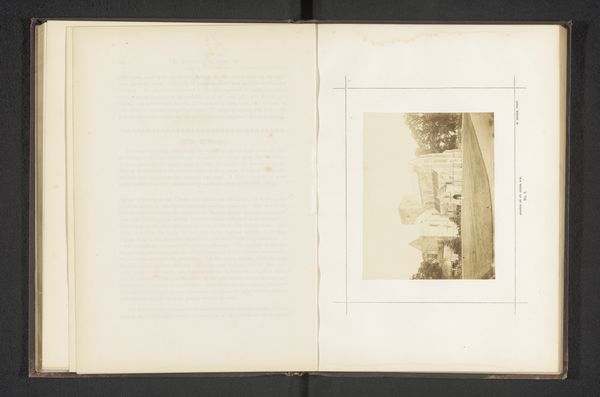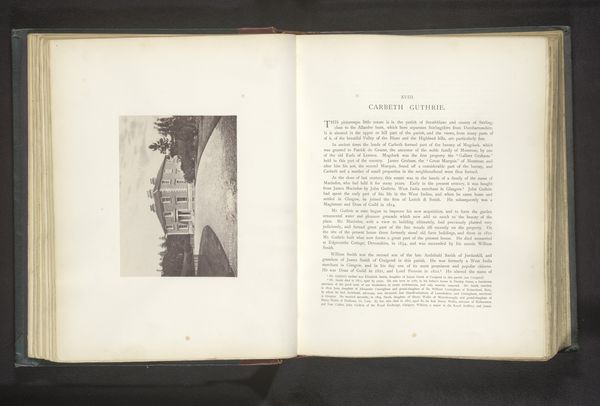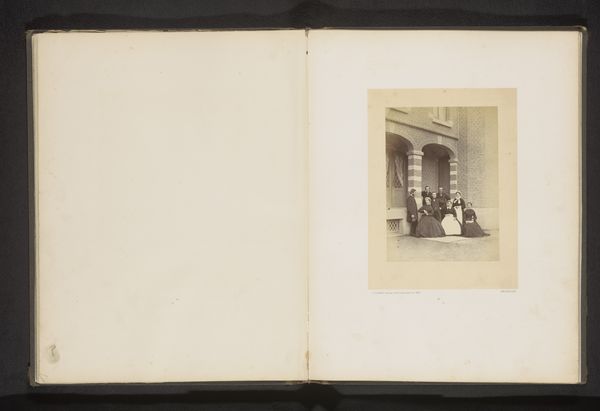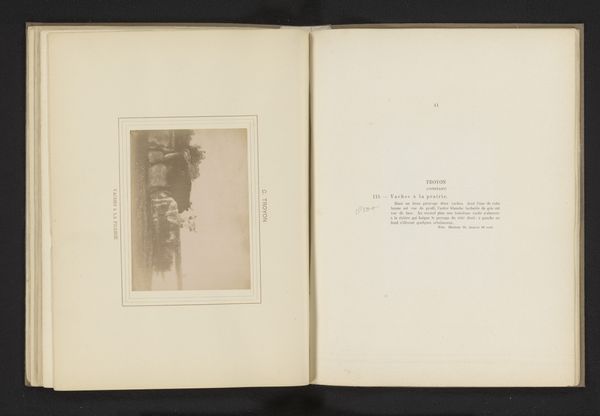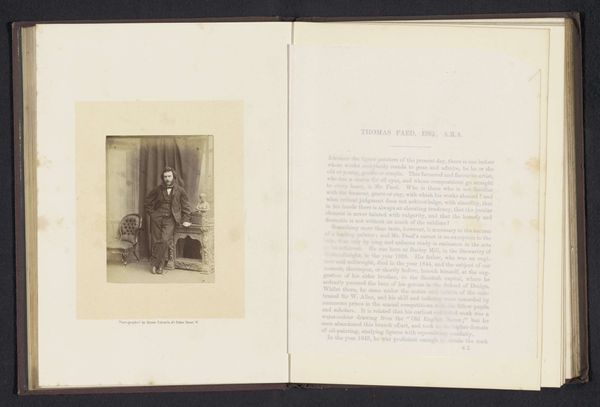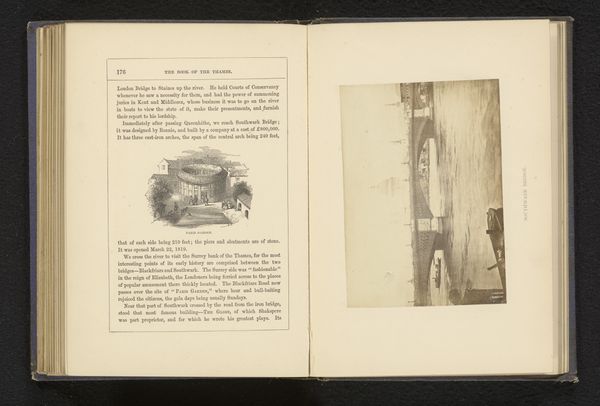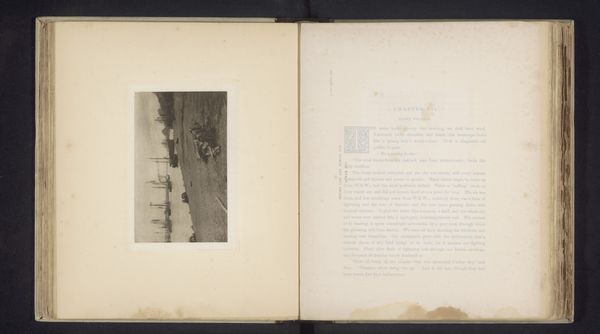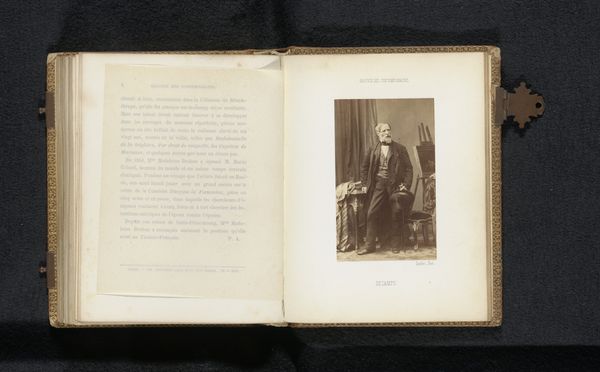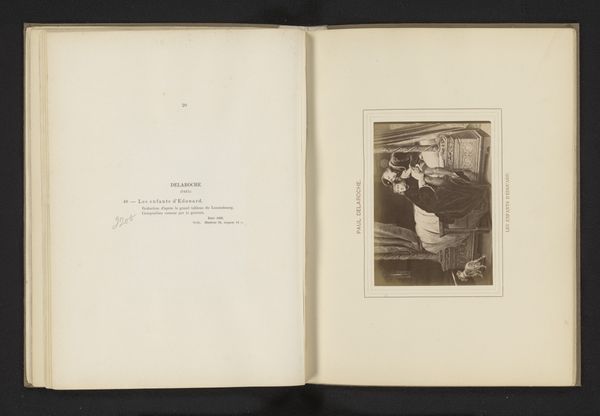
photography, gelatin-silver-print
#
landscape
#
street-photography
#
photography
#
gelatin-silver-print
#
realism
Dimensions: height 134 mm, width 99 mm
Copyright: Rijks Museum: Open Domain
Curator: This is a gelatin silver print from before 1890, created by Peter Henry Emerson, titled "Steeg te Great Yarmouth," which translates to "Alley in Great Yarmouth". Editor: There's a palpable claustrophobia invoked by the extreme perspective here. The converging lines practically shout their vanishing point. Curator: Precisely. Emerson, though known for his landscape photography, has manipulated the compression here, using tonality and subtle textures to suggest not only physical constriction, but social restriction too. Editor: You can certainly feel that weight of the surrounding buildings bearing down. Who exactly is inhabiting this place? And why frame such a quotidian view, which does little to aestheticize the scene, given its muted greyscale palette? Curator: Emerson sought truth, or rather, *his* truth, through the lens. This pursuit involved pushing back against Victorian artifice by presenting candid, slice-of-life scenes, yet doing so within a context of what could be regarded as pictorial naturalism. He considered himself, like other European Realists, recording the lives and scenes of the period in plain truth, but what could this view communicate to his contemporary audience about everyday street life and labor? Editor: So it becomes a study in perception itself. The gaze being subtly, politically charged. Look how the bright aperture lures one’s eyes directly up the passageway, towards the barely perceptible rectangle which feels akin to a distant hope. And the woman tucked in an alcove in the midground... what part does she play? Curator: Perhaps she is simply observing, much as Emerson was himself. In many respects, she is also trapped, but that small burst of bright detail, the white clothing set apart against a very dark aperture is striking, perhaps subtly calling on class commentary regarding labor, domesticity and the role of a woman to stay bound to her place and occupation in this small sector of the industrial center. Editor: These photographic slices become complex records that, rather than settling into clear representation, offer continued interpretation, questioning what they initially display on their surface. Curator: Yes, what this offers is less a definitive snapshot and more an interrogation of reality itself. An image reflecting a moment and, in doing so, asking if such clarity can actually ever exist.
Comments
No comments
Be the first to comment and join the conversation on the ultimate creative platform.

